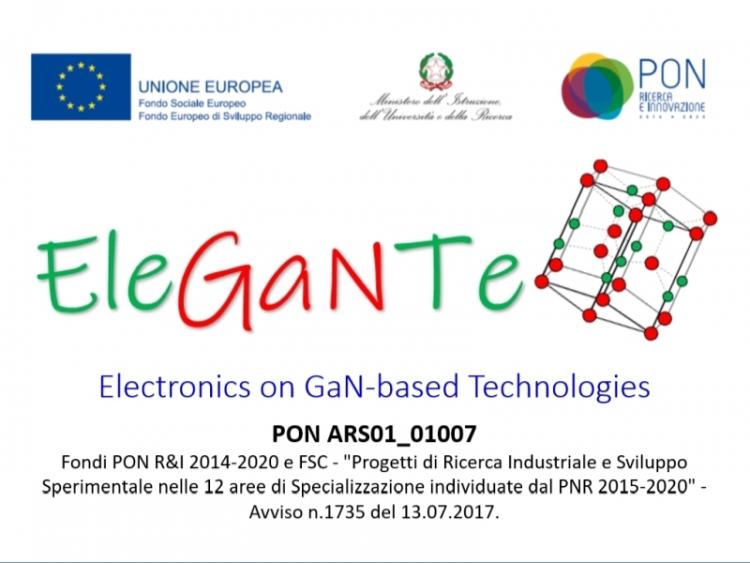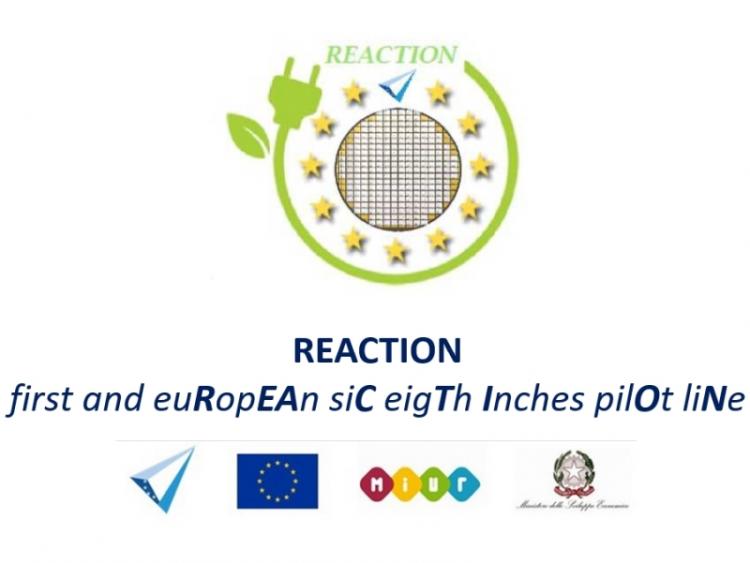
The main objective of the project is to study the possibility to use Single Photon Avalanche Diodes (SPADs) optically coupled to scintillating fibers as a novel type of gamma-ray detector for space applications. The next generation of high energy gamma-ray space telescopes will need large geometrical area, in the range of several 10 m2, to significantly improve the sensitivity of silicon-based detectors on-board the current generation AGILE and Fermi satellites. Such very large areas shall not be realistically feasible using silicon microstrip detectors and a breakthrough in the detecting medium is required. An attractive opportunity is offered by the use of plastic scintillating fibers, which have several advantages like low weight, low cost per unit area and the possibility to be arranged in deployable structures in order to fit the current launchers fairings. As a readout for scintillating fibers, several options can be envisaged, including multi-anode photomultipliers and silicon detectors such as avalanche diodes or silicon photomultiplier (SiPM). A very appealing possibility is offered by Single Photon Avalanche Diode (SPAD) which, thanks to their sensitivity down to the single photon level, can easily detect the low-intensity light pulses produced by minimum ionizing particles (MIP) passing through several meters long scintillating fibers.
Funding scheme: Technological project for the development of the industrial competitiveness in the Italian Spatial Field ( ASI call DC-PRZ-2007-001)
Consortium: 5 Italian partners. FIBER-SPAD includes 4 RTD performers with high international standard and 1 SME active in the scientific-technical market
Project Coordinator:
Dr. Piera Maccagnani
CNR-IMM Bologna
Via P.Gobetti 101
40129 Bologna (Italy)






